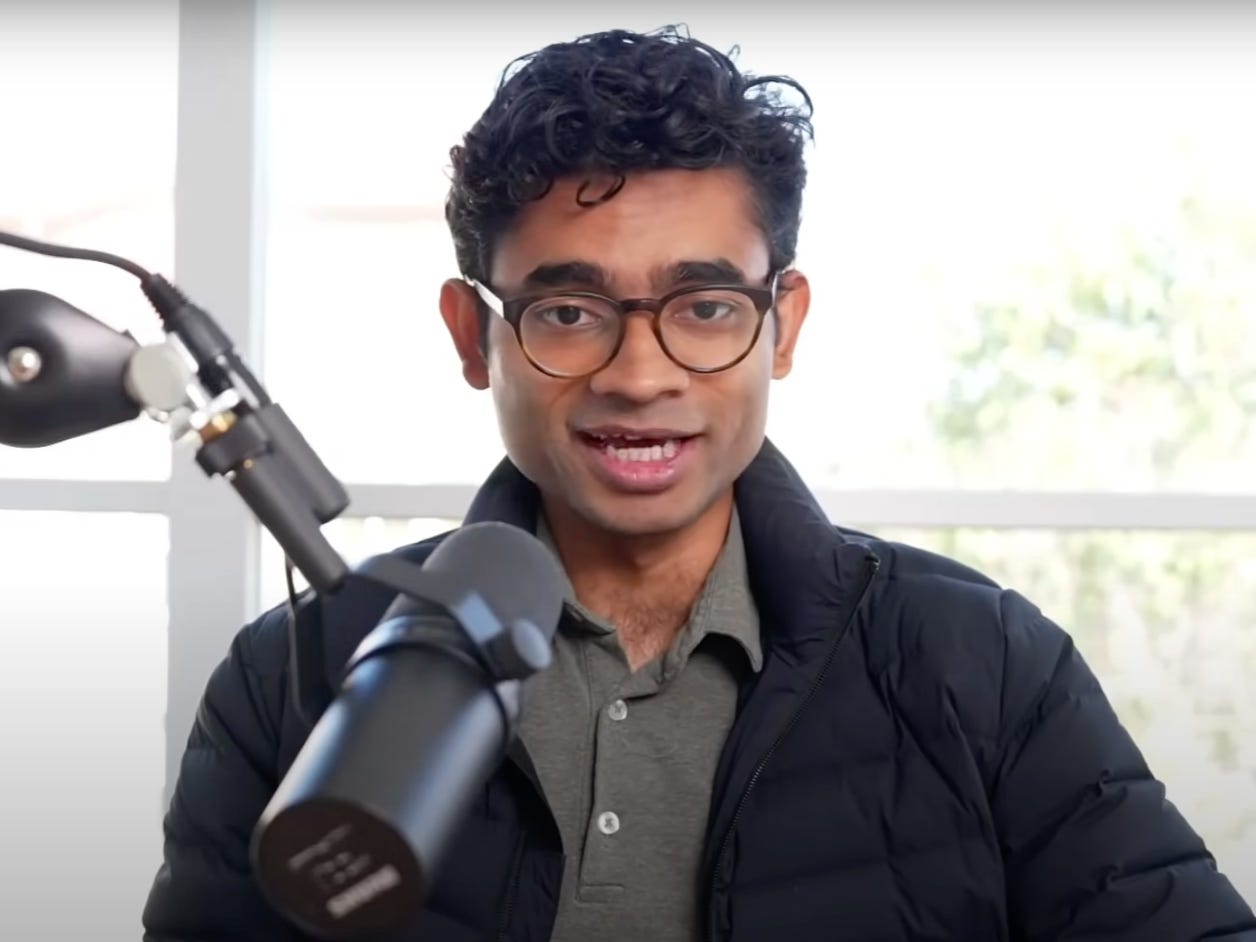Achieving real-time performance in machine learning-enabled distributed systems demands more than just solid engineering skills. It involves developing smart, robust infrastructures capable of adjusting to user actions and maintaining stability even when faced with heavy loads.
Rutvij Shah
As a software engineer who excels in mobile app development and has extensive knowledge of Android engineering, this is precisely where architectural design and innovative thinking converge.
An author who has released a paper entitled, ”
Creating User-Focused Designs: Key Strategies from High-Performance Mobile Applications
, Rutvij has played a key role in shaping discussions around performance optimization. His work, “Designing User-Centric Experiences: Best Practices from Scalable Apps for Mobile,” delves into the delicate balance between infrastructure complexity and user experience. He succinctly states, “The essence of performance engineering lies in building trust. Systems must be designed so that users have confidence in them, regardless of the workload or intricacy involved.
This is clear across Rutvij’s projects, particularly in distributed systems driven by machine learning, where the focus must be on optimizing scalability, velocity, and user contentment simultaneously.
Designing for Flexibility and Instantaneous Stability
As machine learning continues to advance, implementing it within distributed settings remains fraught with architectural and operational obstacles. Rutvij Shah, an experienced Android engineer and systems architect, suggests that addressing these issues starts at a fundamental level rather than through coding alone. “Achieving engineering efficiency goes beyond mere velocity; it hinges on ensuring that systems perform reliably even under maximum load,” he clarifies.
During his tenure at ClassDojo—a popular educational tool utilized by millions of educators and parents globally—this approach was implemented. In May 2019, the application encountered a significant login problem affecting more than 4,000 users who found themselves stuck in an annoying redirect cycle. Rutvij spearheaded the quick response initiative. Soon after, within just a few days, they rolled out monitoring tools and temporary solutions which brought down the number of impacted users to around 500.
This combination of practical application and systemic thought similarly influenced his viewpoint on mobile intelligence. In his previous experiences,
press
,
How Machine Learning Is Reshaping the Future of Android Applications
Rutvij delves into how smart mobile interfaces have evolved from being an optional feature to becoming a fundamental requirement for users. He stresses the importance of building robust systems that can handle advanced predictive capabilities alongside maintaining stable platforms—a perspective that shapes his engineering approach consistently.
Mastering Latency – The Intersection of Machine Learning and Real-Time Systems
A major challenge in machine learning-enabled systems lies in managing the computational intricacies of AI algorithms alongside delivering the immediate response times users demand. As Rutvij points out, “Scaling inference isn’t about developing larger models; it’s about more intelligent deployment.”
His methodology involves utilizing lightweight models alongside edge computing or distributing inference nodes to minimize delays. This strategy is particularly impactful in mobile settings where positioning machine learning functionalities nearer to the end-user, whether on their device or within their locality, significantly enhances performance. His work encompasses multiple systems designed primarily for mobile platforms.
His Android engineering background reinforces the importance of prioritizing time sensitive operations like login or messaging. Non-essential ML processes like background recommendation engines or long term user modeling should be decoupled from critical paths. “The magic is in making ML invisible to the user—but essential to the experience,” Rutvij says.
Adjusting Data Transfer from Edge to Backend
When tackling distributed systems, Rutvij Shah advises engineers to change their perspective: every user’s device is not merely a client but acts as a node within the system itself. His approach emphasizes focusing on these edges for better optimization across large-scale operations. “Consider each user’s mobile device as one part of this distributed network,” he says. “Optimization starts precisely with how we handle interactions from those devices.”
For ClassDojo, this went beyond merely optimizing the back end. It entailed implementing real-time synchronization, managing distributed states, and distributing loads intelligently throughout the mobile application—crafted with an aim to maintain responsiveness whilst reducing resource use. This led to a system capable of handling increased demand gracefully and providing a seamless user experience even at times of heavy traffic.
In terms of infrastructure, these improvements allowed ClassDojo to manage sudden spikes in traffic without straining the backend systems. On the client side, Rutvij implemented design strategies focused on performance to guarantee a smooth mobile experience, even on devices with limited bandwidth.
His capability to consider the broader picture spanning both edge and cloud computing has earned him recognition outside of just the engineering departments. He has served as a paper reviewer at the
Global Symposium on Engineering Innovations in Educational Models and Sustainable Practices
Rutvij assesses groundbreaking innovations that disrupt traditional frameworks. His penchant for designing at scale with the end-user as the priority still shapes his approach to building and evaluating technological solutions nowadays.
Observability as a Driver for Enhancing Engineering Standards
Observability isn’t just a DevOps buzzword for Rutvij—it’s a fundamental aspect of system health. “You can’t improve what you can’t observe,” he says. That mindset was at play when he responded to the ClassDojo incident where real-time logs and user journey tracing helped him find the root cause and resolve the issue faster.
After the incident, Rutvij advocated for implementing permanent observability tools featuring dashboards, latency alerts, and error tracking across both backend and mobile layers. These instruments not only prevented subsequent problems but also fostered a proactive approach to performance optimization, which has since become an integral part of the company’s engineering process.
What’s Next – Adaptive and Self-Optimizing Systems
As real-time systems become more advanced, Rutvij thinks that performance optimization will shift from being reactively adjusted to becoming adaptively intelligent. This implies that these systems will utilize actual world input and reinforcement learning to enhance their efficiency on the fly.
He’s enthusiastic about federated learning and decentralized inference architectures, as these approaches position AI nearer to end-users while safeguarding their privacy and reducing server strain. “The direction we’re heading in involves systems that grow and adapt based on how they are used, continually adjusting to fresh data and behaviors,” explains Rutvij.
When offering guidance to mobile engineers and architects, he advises: “Grasp the value of each millisecond. Construct solutions as though these moments belong to your end-user.” This philosophy continues to shape his approach as an active participant and influencer in high-performance systems enhanced with machine learning capabilities.
Rutvij Shah specializes in mobile app development, Android engineering, and enhancing performance through optimization techniques. His contributions have significantly boosted the effectiveness of large-scale machine learning-driven platforms. Through his emphasis on monitoring capabilities, expandable infrastructure, and smart system architecture, Rutvij is paving the way for improved performance tuning in live distributed networks.

